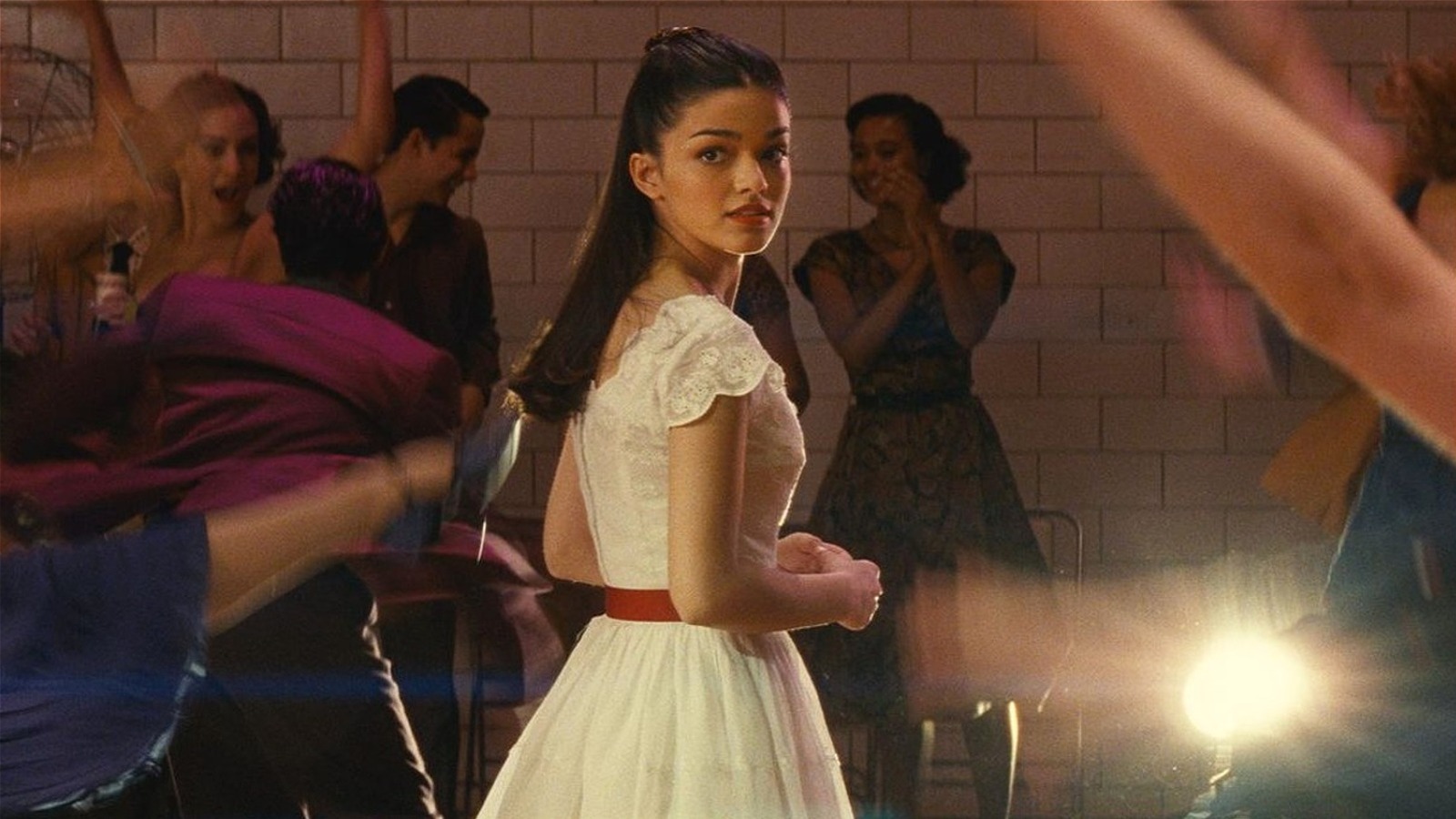 |
| Image courtesy of AllPosters.com |
LEARNING TO TAKE THE BITTERS WITH THE SWEET
Drink like an adult: leave the booze Slurpies to the wide-eyed naïfs
by MC Slim JB
[originally published April 11, 2007 in Boston's Weekly Dig]
I remember my first exposure to bitters, a freshman-year swig of a louche college pal’s Campari and soda. “That’s the single worst thing I’ve ever tasted,” I laughed, retreating to my watery lager. I’ve had some regrettable flirtations since: white Zinfandel, frozen Margaritas, that girl who drank Mudslides. But I’m more hard-boiled now. I’ve forsaken sweeter tipples for the bracing and the sharp -- drinks that not only perforate my social inhibitions but remedy my occasional foie gras overdose. I’ve learned how to take my medicine, the same bitters I once mocked.
Initially, I tiptoed down the bitters path with cough-syrupy Jägermeister, then known as the kind of chic German pick-me-up you might sip from your flask on the St. Moritz ski slopes, and a very effective digestif. Alas, some American marketing genius hyped it into a frat-boy’s guzzle, boosting case sales to the millions but ruining it for sophisticates.
Casting about for a replacement, I discovered Fernet-Branca, a potent Italian bitters that looks like Moxie and tastes like, well, poison. My first gulp was like an uppercut to the nose, its overwhelming medicinal bitterness leaving me stunned and scrunch-faced. But there was no denying Fernet’s restorative powers. One dose could magically rouse me from an overfed couch-bound stupor to dance-ready vitality in ten minutes. I grew to love its opaque otherness, to relish its assaultive flavor.
My own bar now features a dozen bitters, each a unique infusion of roots, herbs, spices, fruits, and other botanicals in a base of neutral spirits. Potable bitters like Campari and Meletti are intense but sippable by themselves, often poured freely into cocktails like Negronis and Americanos. Non-potable bitters like the ubiquitous Angostura and the obscurer Fee Brothers Orange are highly concentrated, administered in dashes to old-school cocktails like Sazeracs, Hoskinses, and Martinis.
Many countries produce bitters, but Italy is the motherlode, home to scores of potable amari, beloved as apertifs with soda or fruit juice, and as digestifs served neat. Scan the cordials shelf of your liquor store or Italian restaurant bar for Averna, Nonino, Ramazzotti, or Montenegro. They’re good bitters for beginners, a mellower breed of amaro with some sweetness to balance their astringency and herbal complexity.
Non-potable bitters have been bar staples since the 19th-century Golden Age of Cocktails, when the term “cocktail” implied their presence. Wherever cocktail craft is revered as an art form, they’re an indispensable pigment in the bartender’s paintbox. At No. 9 Park (9 Park St, Boston, 617.742.9991), John Gertsen’s scholarly mixologists are so steeped in cocktail lore they seem to have bitters in their bones. Their genteel Seelbach Cocktail ($14) spikes bourbon and Cointreau with seven dashes each of Angostura and Peychaud’s Bitters, finished with a big Champagne pour.
At Eastern Standard Kitchen & Drinks (528 Commonwealth Ave, Boston, 617.532.9100, easternstandardboston.com), Jackson Cannon’s elite crew wields potable bitters in some arresting cocktails. Straw-hued, sweet-spiced Becherovka from the Czech Republic meshes smoothly with honey syrup and fresh lemon juice as The Metamorphosis ($10), a refreshing original. Bitters are everywhere in their new “Lineage/Legacy” line of Golden Age-inspired cocktails, too, like The Little Italy ($10), in which artichoke-flavored Cynar adds an acerbic interrobang to a Manhattan-like blend of rye and sweet vermouth. Then there’s The Rat ($8), an affectionate homage to this location’s ghosts, a Fernet-Branca and Coke highball that’s as brash and insistent as the hardcore kids who once rocked the basement here.
In short, bitters are the punk rock of liquors: a rebuke to insipid conformity, a necessary corrective to self-indulgent excess, an echo of its forebears’ formative heyday. Before you order another Top-40 cocktail, credit your hard-won wisdom, embrace the bitterer things in life, and drink bitters. It’s at once a rebellious and grown-up thing to do.




